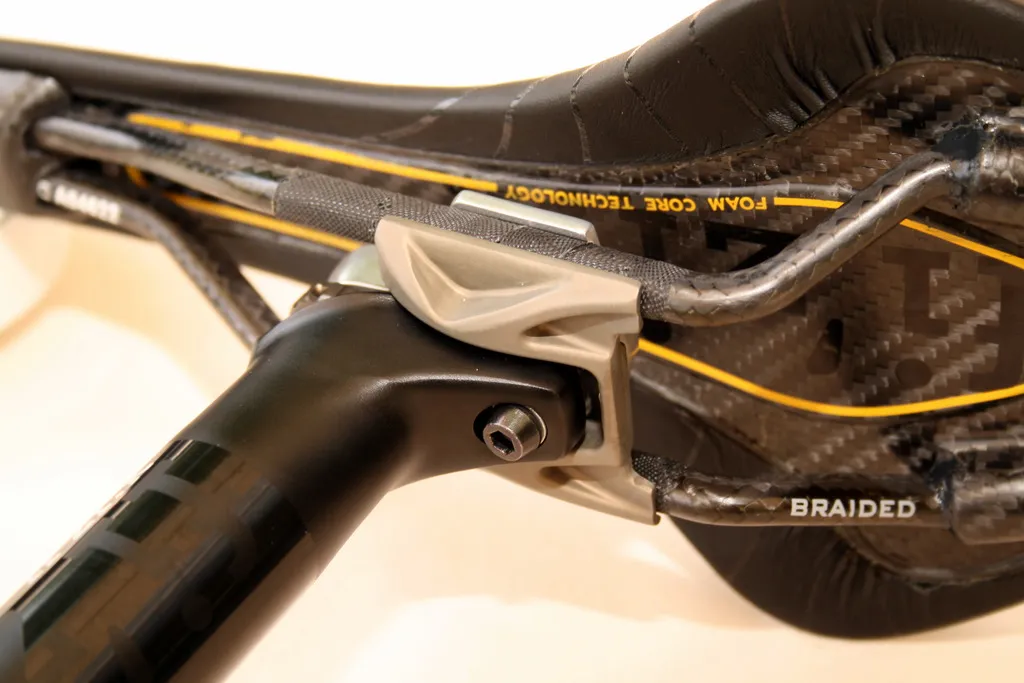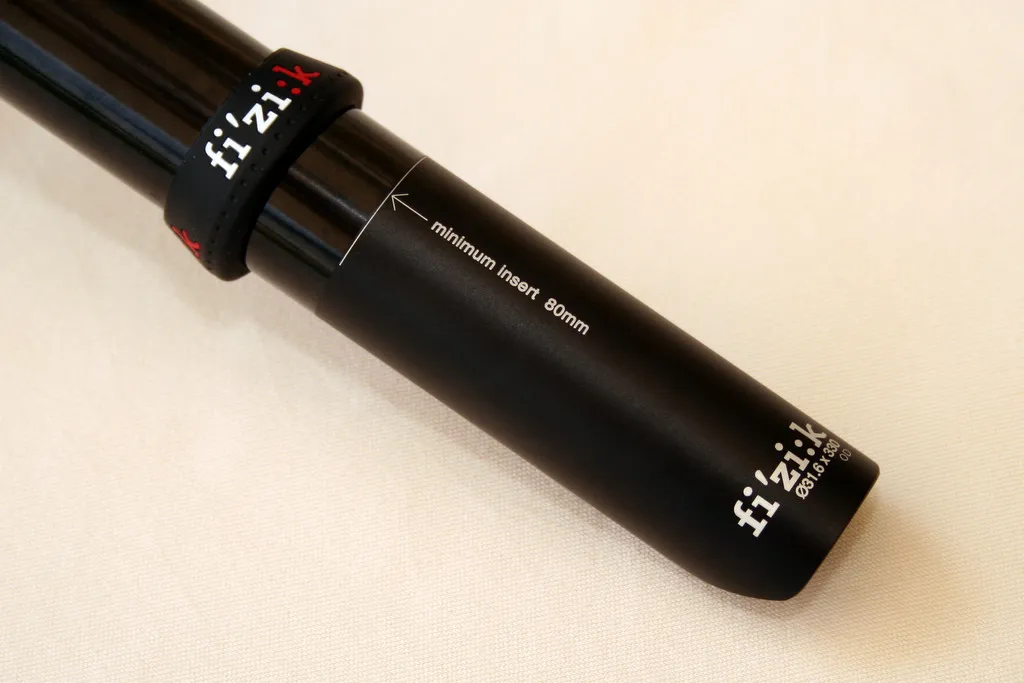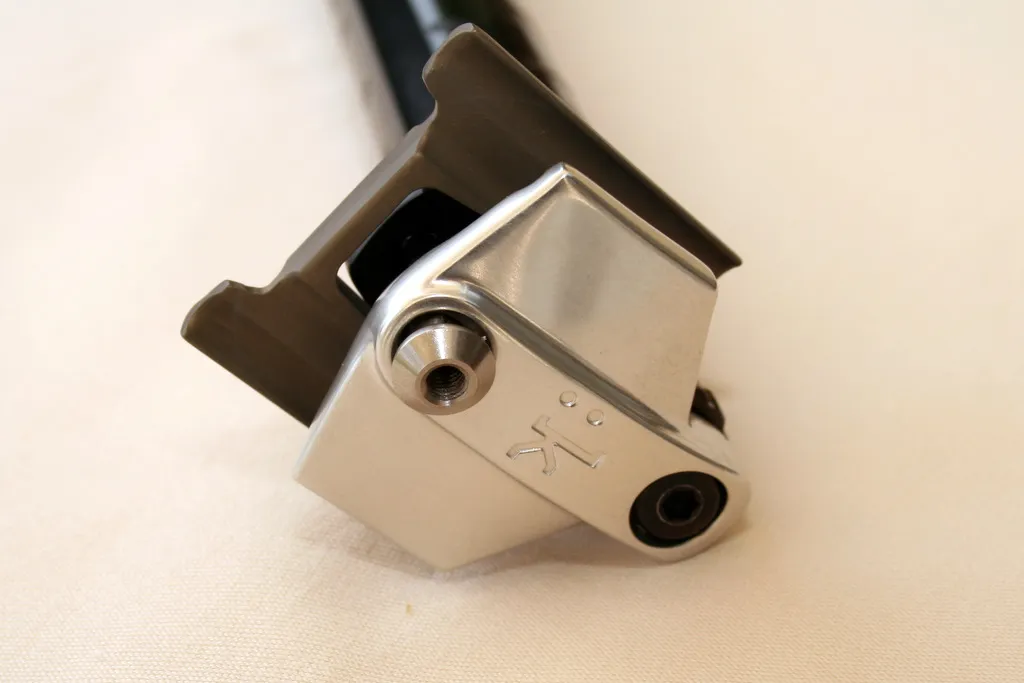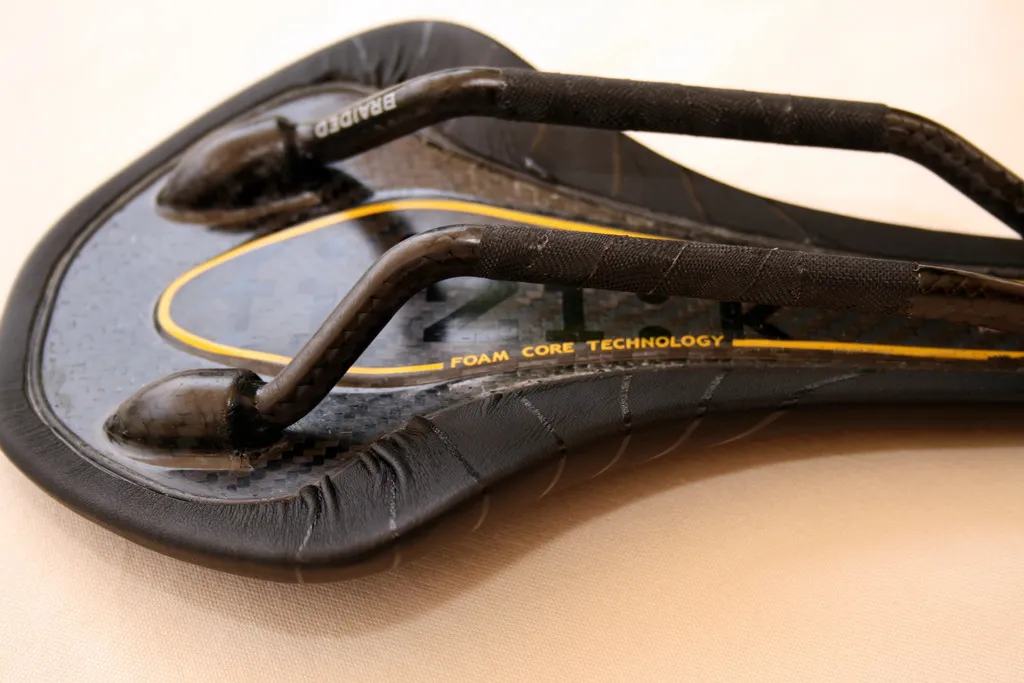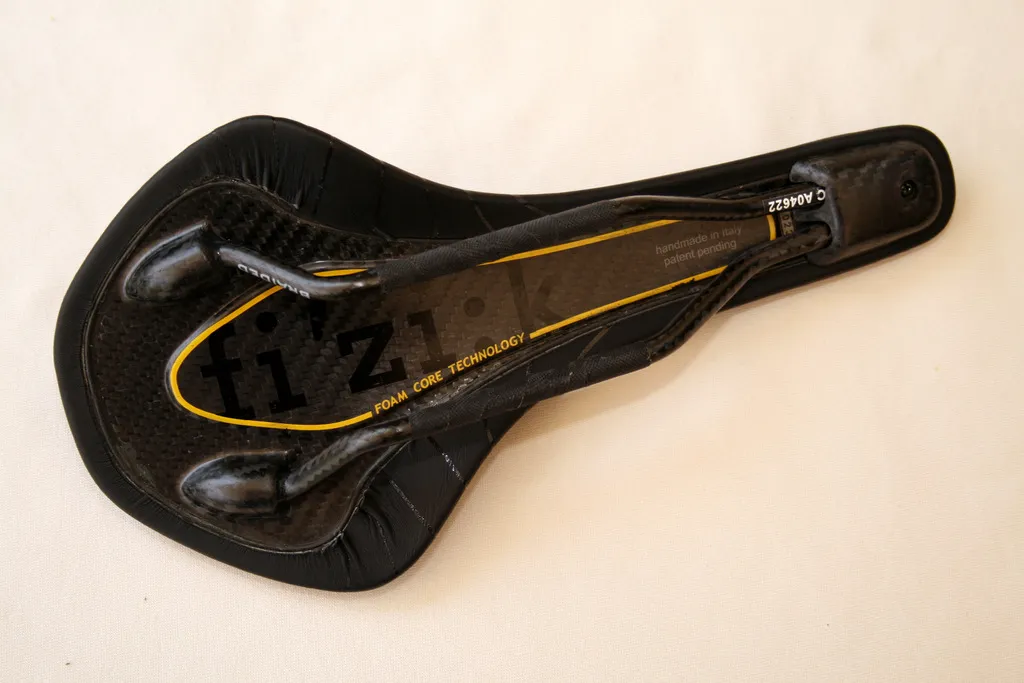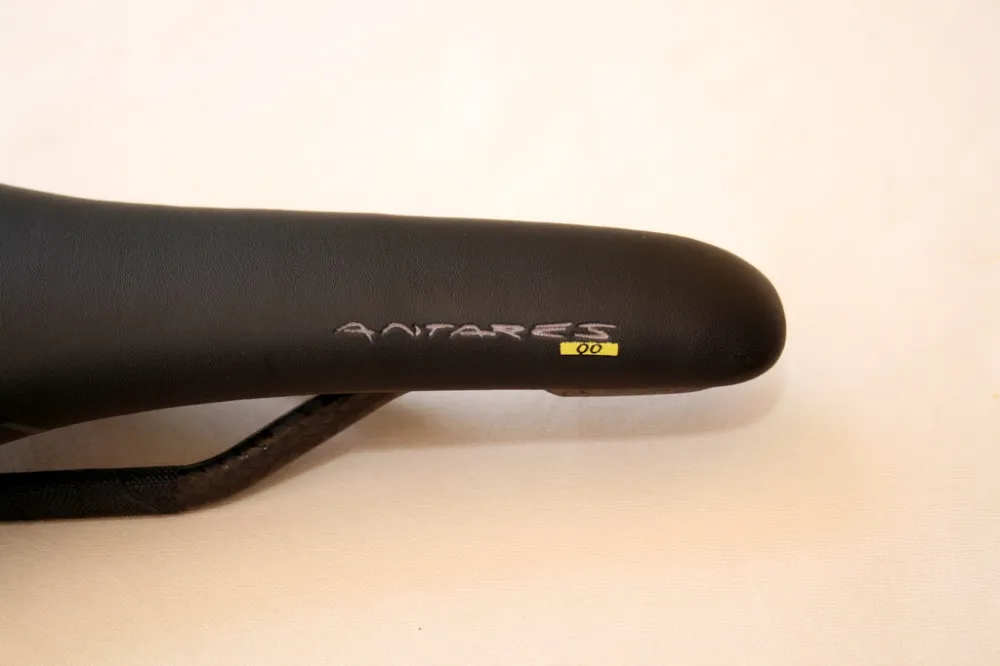Italian saddle maker fi'zi:k is branching out with a very tidy new seatpost, dubbed Cyrano, and a lighter version of its Antares saddle.
Announced today at a press meeting in the hills close to fi'zi:k’s Vicenza, Italy base, both will be in European shops in mid-late September and the US in early October.
The two-bolt, 3D-forged seatpost is the biggest news as it sees fi'zi:k expand from its traditional expertise in ‘soft’ materials – carbon fiber, microfiber synthetic leather and so on – and into a serious piece of all-metal hardware.
In a 27.2mm diameter and 250mm length – the most common comparison size – the Cyrano weighs 180g, according to fi'zi:k. It will retail for €110/US$125.
Fi'zi:k is very aware of the problems of conventional seatposts with lightweight saddle rails, both with its own carbon fiber rails but also with, for example, tubular titanium rails used by other saddle makers. To better support these saddles, the Cyrano has a long lower clamp.
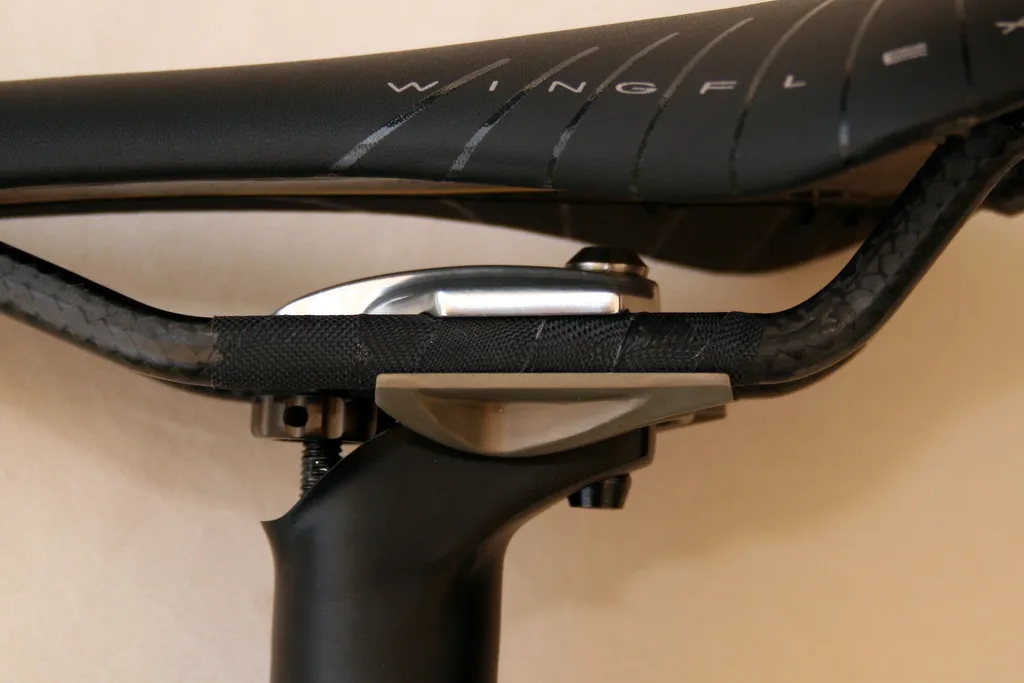
But long clamps can limit fore-aft adjustment, so the Cyrano’s top clamp is shorter. According to fi'zi:k product development specialist Vincent Bourgeois, the lower clamp takes most of the loads, so there’s no need for a full-length upper section.
The shorter upper clamp also means the post has plenty of rearward offset available.
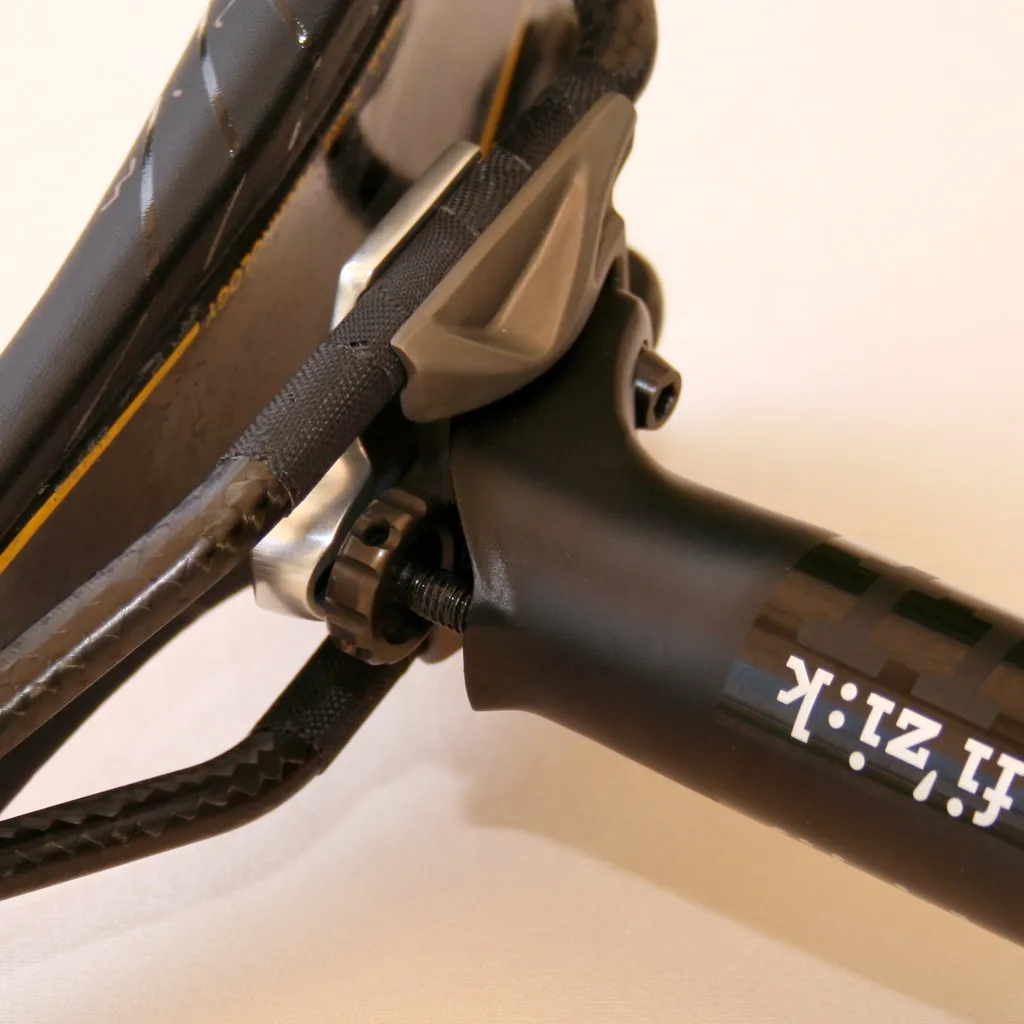
One area where the Cyrano really impresses is in the ease with which you can fit and remove a saddle. There is enough space for a rail between the clamps when the bolts are loosened, so you can simply move the saddle sideways, then pop it out.
We had the chance to try this and it’s substantially less fiddly than any other post we’ve used.
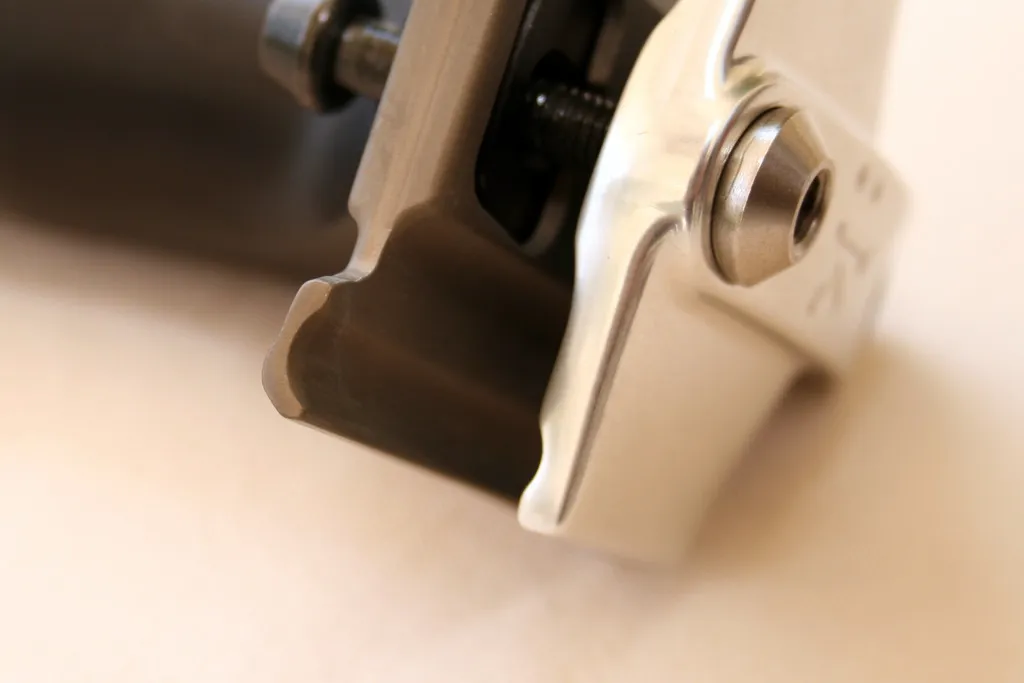
Other features of the Cyrano include an oval internal section to save weight by thinning the sides where less material is needed; radiused ends to the clamp so it doesn’t damage lightweight saddle rails; a simple thumbwheel for angle adjustment; all-stainless steel hardware for durability; and a very low profile top clamp.
Like many of the Cyrano’s features the shallow top clamp is designed to complement fi'zi:k’s own saddles by providing plenty of room for Twinflex saddles such as the Aliante to move. But low-profile saddles are increasingly common – because they look nice – so it accommodates them too.
After he’d explained the features of the new post, we remarked to fi'zi:k’s Vincent Bourgeois that it was as if fi'zi:k had bought one of every decent seatpost on the market and rolled together all their best features. He gave us a grin and said, “And added some of our own.”
Antares shaves grams, stiffens up
Introduced last year, fi'zi:k’s Antares saddle has been a big hit, sitting as it does between the wide, deep Aliante and the long, flat Arione in the range. (Incidentally, fi'zi:k has some intriguing ideas for how you should choose a saddle which we’ll get to shortly.)
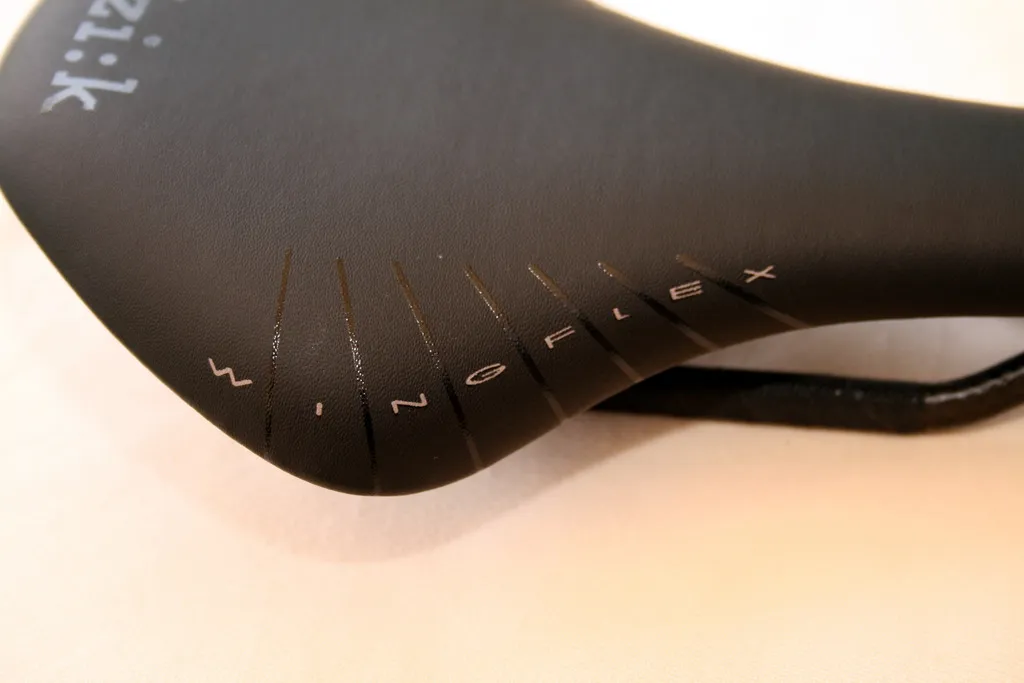
The flat, wide shape of the Antares and the low weight of the carbon-hulled top model has made it popular, so fi'zi:k technical director Stefano Sigato admitted it was a challenge to improve it.
According to Sigato, fi'zi:k’s riders were looking for two things: a stiffer base, because powerful riders always want a firmer support for their efforts, and fi'zi:k’s Wing-Flex side panels.
Wing-Flex was specifically requested by Liquigas rider Ivan Basso, Sigato says, who finds it helps with his sciatica.
While fi'zi:k was figuring out how to add these features, they threw themselves the challenge of shedding some grams too.
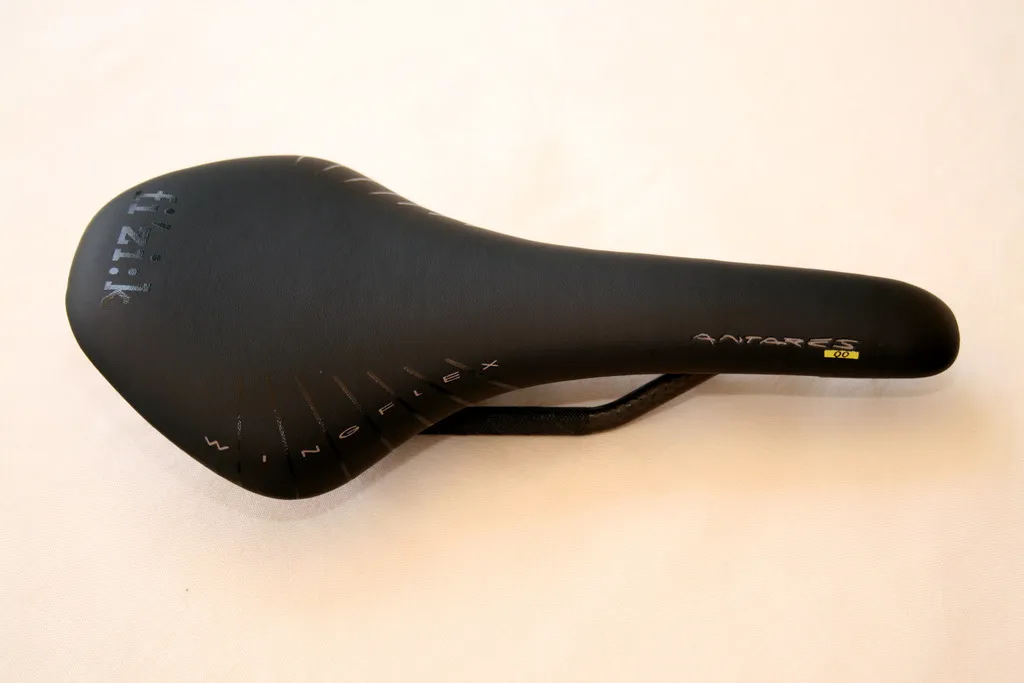
The combination of stiffness and weight loss was achieved by making a foam core base for the new Antares 00. Wing-Flex was implemented using a rubberized composite membrane for the edges of the base.
The result weighs a claimed 135g, compared to the 145g of the previous carbon-railed Antares and will retail for 275 Euros/US$320.
Are you a bull, a snake or a chameleon?
The traditional way to choose a saddle is by how well it fits your bum, but fi'zi:k would like you to consider an alternative: choose a seat according to how flexible you are.
Professor Antonio Pauli of the School of Human Movement Sciences at the University of Padova explained the idea. According to research, more flexible riders are able to produce more power on long, narrow saddles such as the Arione, because the more flexible backs allow them to move on the seat.
But less flexible riders benefit from a seat that keeps them in position, such as the Aliante with its upswept tail.
For intermediate riders, the mid-length, flat Antares provides an all-round answer.
Fi'zi:k characterises very flexible riders as ‘snakes’, the least flexible as ‘bulls’ and in-betweeners as ‘chameleons’.
The full explanation is more detailed and the cynical might say that it smacks of after the fact explanation of fi'zi:k’s range but for a couple of interesting facts.
First, fi'zi:k has research from an Italian lab that indicates that more flexible riders are more efficient on Arione saddles and less flexible riders do better on Aliantes.
And it’s a long-standing observation from saddle manufacturers that pro riders crave flat, stiff platforms. Typical pro riders have good lower back flexibility, both from deliberately stretching and from the sheer amount of saddle time they put in.
'Snakes', according to Professor Pauli, are riders who can easily touch their toes, while 'bulls' struggle too much past their knees. So next time you’re shopping for a seat you might want to think about what sort of animal you are.
For more information, visit www.fizik.it.
